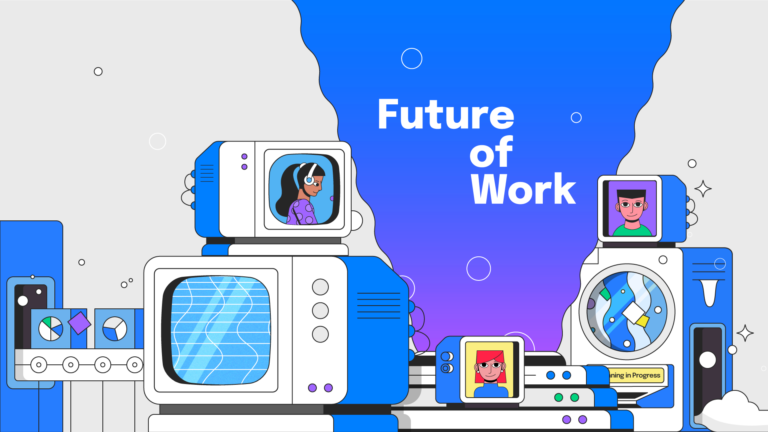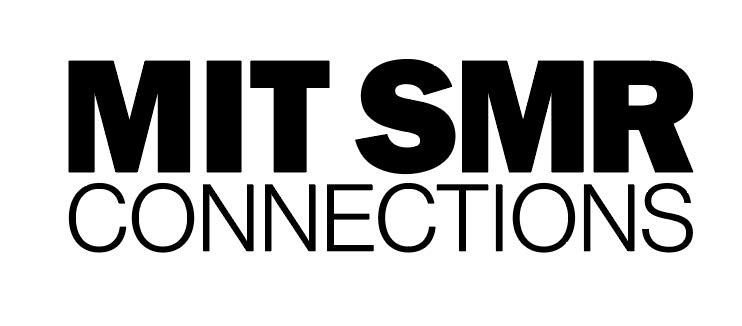I haven’t been sick in over a year. That might be a red flag.
Don’t get me wrong: I’m deeply grateful that I haven’t contracted COVID, deeply grateful for the marvel of modern medicine, deeply saddened by so much tragic loss. Recently, I was talking to a colleague who, like me, had gone more than 12 months without so much as getting the sniffles. We’d both been scrupulous about social distancing, sheltering in place, wearing masks, giving air hugs and so forth. Fending off COVID meant fending off communicable illnesses in general. We never had a healthier year.
But “communicable” implies communication. I’m reflecting on all the communication that didn’t happen in 2020, as we distanced ourselves socially from each other. We learned to be intentional about our health; we chose to reduce the risks that come with a shared space. But another intentionality surfaced along with the physical distancing. Consciously or unconsciously, many of us chose to reduce our professional communications as well. Our pool of key collaborators shrank. It was tempting to eschew the office, particularly if the office went hybrid. A few team players would do a handful of Webex invites, with the usual gang on the conference call. We definitely weren’t “bumping into” anyone from tech, sales, or products. Bumping into people was strongly discouraged.
As an executive coach, I get to collaborate with leaders from all across the people-operations spectrum. And lately, these leaders are near-unanimous. Back-to-the-office (BTO) has become a key concern. Things are starting to open up. What was on the back burner needs to be on the front burner. We have to get warm bodies back at the office.
Even though we have become quite adept at remote work, face-to-face engagement still plays a vital role in productivity (e.g. hybridization is here to stay). “Now that the world is willing to accommodate different workstyles, the workplace will need to be engaging,” says Melissa Werneck, Global Chief People Officer for The Kraft Heinz Company. “If an employee can work from home and avoid a 1 – 2 hour commute, many will opt to work from home.”
Author and executive consultant Cali Yost writes about some of the misconceptions that surround recent BTO initiatives. Yost is CEO and founder of the Flex + Strategy consulting group, experts who help companies hybridize without losing out on productivity and employee retention. Yost says arguing for BTO on grounds of culture, collaboration, or performance is not persuasive to many employees, mostly because it contradicts what they experienced in 2020. Remote workers rose to the work-from-home (WFH) challenge. They were surprisingly productive. Companies, such as Dow Chemical, WEX Health, and 1-800-CONTACTS, saw an uptick in hiring and employee retention. So, why go back to the cubicle?
What’s lost, Yost stresses, is that employers and employees are often on the same page when it comes to BTO. Employers are ready to accommodate a more flexible workstyle, but sometimes they still need to be in the same room with their employees. “What leaders are really saying is they don’t want to continue 100% remote work indefinitely, which most employees will support as long as a more flexible work model is part of the go-forward plan.” And smart companies know that, with a more flexible workstyle assured, the office can be alluring to remote workers grown tired of sheltering at home.
Top HR execs are welcoming employees back by disrupting their now-dated workspaces. Benefits consulting giant WEX Health is tearing out some cubicles. “The goal is to get [employees] back into the work environment,” says Sherry Olson, VP of human resources. Employees still need the old pre-covid camaraderie, but there has to be more to it than just catching up on emails. “Make it so that people want to come to work and collaborate,” Olson advises. “They want to be connected, and be flexible.” So, more furniture, says Olson. Nicer outdoor spaces. Better optics to encourage better collaboration.
Manufacturing giant Dow Chemical understands how physical environments can encourage social interaction. According to Mike Weideman, Dow’s Global Human Resources Solutions Director, breakrooms and control rooms are getting a makeover. But: “It isn’t just about the physical location. It’s also about the opportunities to collaborate, connect and build relationships. So, our model moving forward will incorporate ideas for teams to convene on purpose, with a purpose, to help motivate employees to want to come together in the future.”
And—BTO beware—smart companies are seizing the competitive advantage that comes with hybridization, even as they invite employees to work from the office (WFO). Ever the distribution genius, 1-800-Contacts pairs off-site operations with quick virtual onboarding to keep their competitive edge. “We aren’t just competing with Salt Lake City,” says Chief Human Resource Officer Dave Walker. Now, 1-800-Contacts has Texas to worry about, along with the Rocky Mountain states and the Pacific Northwest. So, how do they thrive in a cutthroat economy? “Letting people join and stay where they are,” says Walker. A few people in Colorado. A few people in Oregon, a person in Idaho…In the ideal world, our building is where they collaborate, and they do their work at home.” Remote onboarding means you can go toe-to-toe with your competitors, wherever they may be.
These agile leaders are learning to navigate an economy in flux. And I see a common thread emerge: Disruption. At Disruption Advisors, we teach how growth, adaptation, and upskilling are a disruptive process. And, believe it or not, employees want in. “Internal mobility and upskilling is becoming a bigger discussion,” says Bonnie Pattee, Chief Human Resources Officer at Western Governors University. “Candidates are very interested in our development programs”—programs where employees meet to discuss their common ground in areas such as career development and cultural inclusivity. Like Dave Walker, Pattee sees an opportunity to turn “The Building” into something more like a home base: a place where collaboration comes as a relief, after so much social distancing. “Connections to employees and peers is important. Many say the pandemic has brought them closer to their work family, as other avenues of social interaction have been closed or changed,” says Pattee.
So if you’re feeling as inspired as I am, let me throw down the gauntlet: now, BTO stands for “Bad Times are Over.” It’s time to bring the work-family home.





